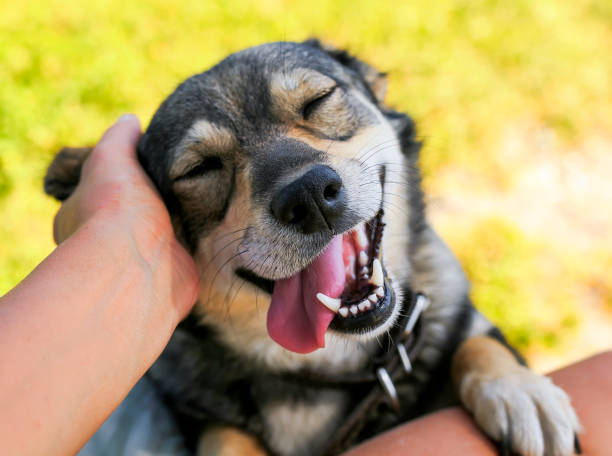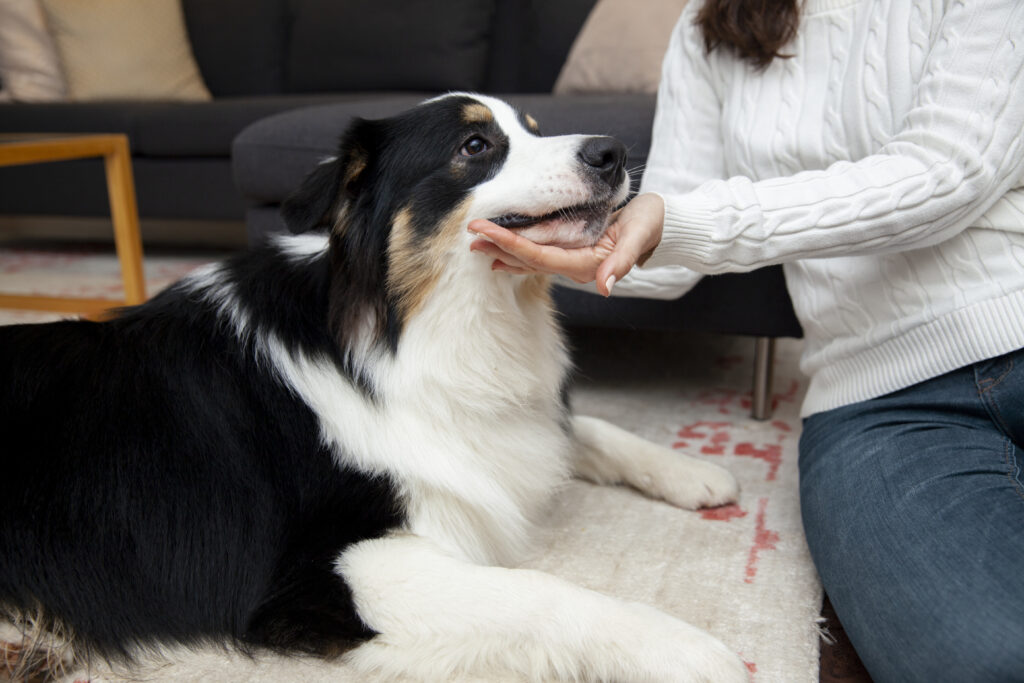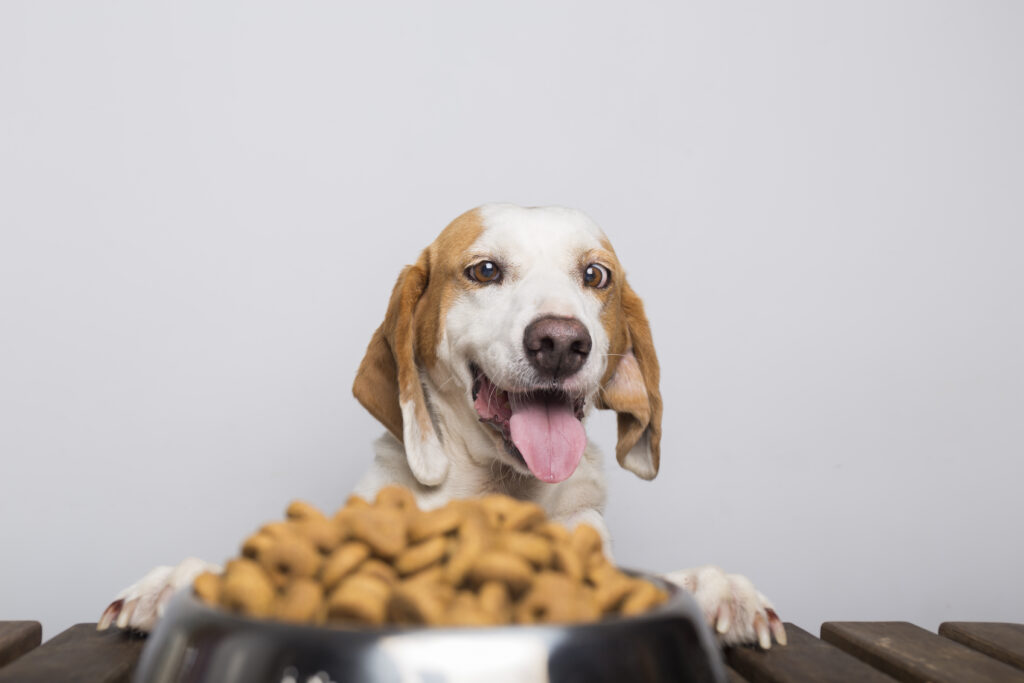
Does your furry friend suffer from itchy, irritated skin? Constant scratching and red patches can be a real pain for them, and a source of worry for you. While commercial dog food can sometimes be the culprit, there’s a tasty solution: homemade dog food!
Making your dog’s meals at home allows you to control exactly what goes into their bowl. This means you can choose ingredients that are gentle on their sensitive skin and promote overall health.
Here’s the good news, creating delicious, allergy-friendly meals for your dog is easier than you think! In this comprehensive guide we’ve compiled 5 yummy recipes with simple ingredients that are sure to soothe your dog’s skin and keep them happy.
05 Homemade Dog Food Recipes for Skin Allergies
Now, let’s get cooking for your itchy pup!
#1 Turkey and Sweet Potato Delight:
This recipe is packed with protein and healthy carbohydrates, perfect for keeping your dog energized and their skin healthy.
Ingredients:
- 1 cup cooked and ground turkey (opt for lean ground turkey)
- 1 cup mashed sweet potato (Here’s a simple guide on how to cook sweet potatoes for dogs)
- 1/2 cup chopped green beans (cut them into small pieces to avoid choking hazards)
- 1 tablespoon plain, unflavored yogurt (helps with digestion)
- 1 tablespoon coconut oil (known for its anti-inflammatory properties)


Instructions:
- In a large pot, cook the ground turkey over medium heat until browned.
- Drain off any excess grease.
- Add the mashed sweet potato and chopped green beans to the pot.
- Stir well and cook for an additional 5 minutes, or until the green beans are tender-crisp.
- Remove the pot from heat and let it cool slightly.
- Stir in the yogurt and coconut oil.
- Serve to your dog once the mixture has cooled completely.
Also Read: Vet-Approved Homemade Dog Food Recipes for Kidney Disease: An Ultimate Guide
#2 Salmon and Quinoa Medley:
This recipe offers a delicious source of omega-3 fatty acids, known for their skin-soothing properties.
Ingredients:
- 1/2 cup cooked, flaked salmon (ensure there are no bones!)
- 1 cup cooked quinoa (rinsed before cooking)
- 1/2 cup chopped broccoli florets (steamed until tender)
- 1/4 cup chopped blueberries (a healthy source of antioxidants)
- 1 tablespoon olive oil


Instructions:
- In a large bowl, combine the cooked salmon and quinoa.
- Add the steamed broccoli florets and chopped blueberries.
- Drizzle with olive oil and toss gently to coat.
- Serve to your dog once the mixture has cooled completely.
#3 Beef and Pumpkin Stew:
This hearty stew provides essential vitamins and fiber for your dog’s well-being. Pumpkin is especially helpful for digestion and can contribute to healthy skin.
Ingredients:
- 1/2 cup cooked and ground beef (lean ground beef is best)
- 1 cup pureed pumpkin (not pumpkin pie filling, which has added sugar)
- 1 cup cooked brown rice
- 1/2 cup chopped carrots (cut them into small pieces to avoid choking hazards)
- 1 tablespoon chopped fresh parsley (optional, but adds a nice flavor)
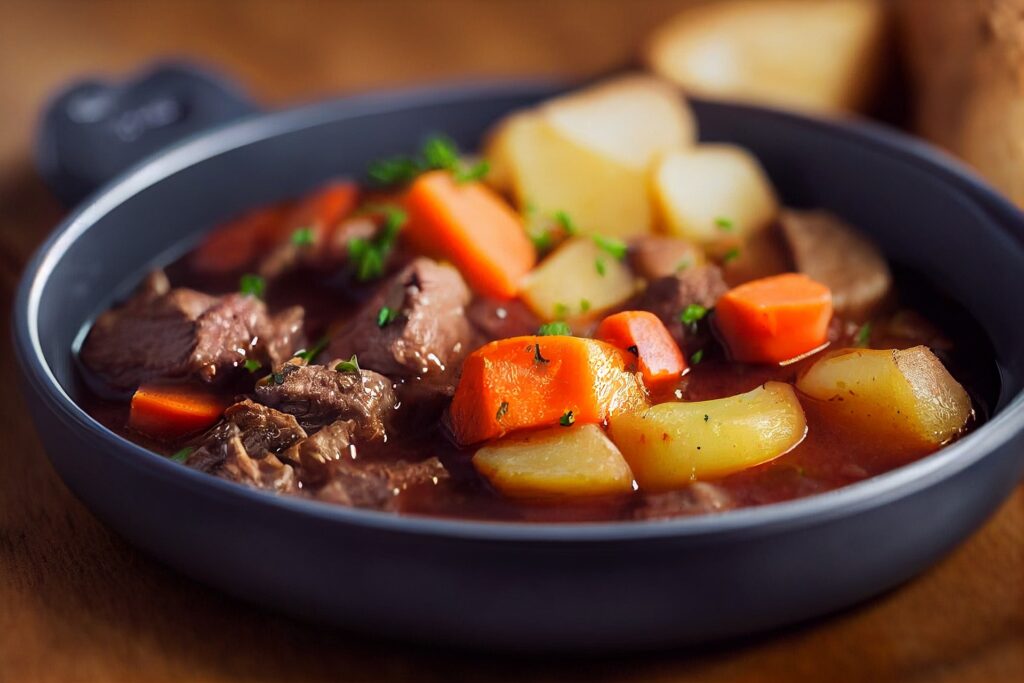

Instructions:
- In a large pot, cook the ground beef over medium heat until browned.
- Drain off any excess grease.
- Add the pureed pumpkin, cooked brown rice, and chopped carrots to the pot.
- Stir well and simmer for an additional 10-15 minutes, or until the carrots are tender-crisp.
- Remove the pot from heat and let it cool slightly.
- If using, stir in the chopped parsley.
- Serve to your dog once the mixture has cooled completely.
#4 Chicken and Rice Casserole:
This classic combination provides a comforting and nutritious meal for your dog.
Ingredients:
- 1 cup cooked and shredded chicken (skinless and boneless)
- 1 cup cooked brown rice
- 1 cup chopped spinach (steamed or sauteed until wilted)
- 1/2 cup chopped apples (remove the seeds and core)
- 1 tablespoon melted unsalted butter
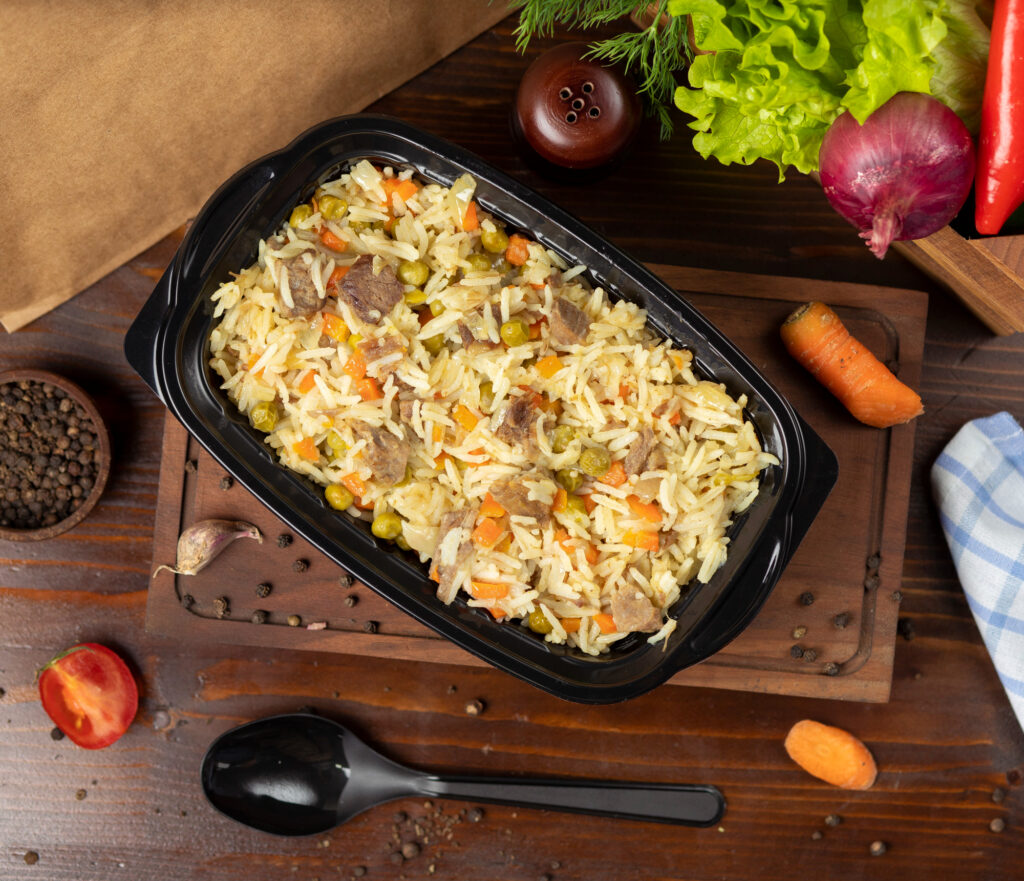

Instructions:
- Preheat your oven to 350°F (175°C). Lightly grease a small baking dish.
- In a large bowl, combine the cooked chicken and brown rice.
- Stir in the steamed or sauteed spinach and chopped apples.
- Pour the melted butter over the mixture and toss gently to coat.
- Transfer the mixture to the prepared baking dish.
- Bake for 20-25 minutes, or until the casserole is heated through.
- Remove from the oven and let it cool completely before serving to your dog.
#5 Lamb and Lentil Stew:
This protein-packed stew is a great source of iron and fiber, both important for overall health and skin well-being.
Ingredients:
- 1/2 cup cooked and ground lamb
- 1 cup cooked brown lentils
- 1 cup chopped sweet potato (diced into small pieces)
- 1/2 cup chopped green beans (cut them into small pieces to avoid choking hazards)
- 1 tablespoon chopped fresh mint (optional, but adds a refreshing flavor)
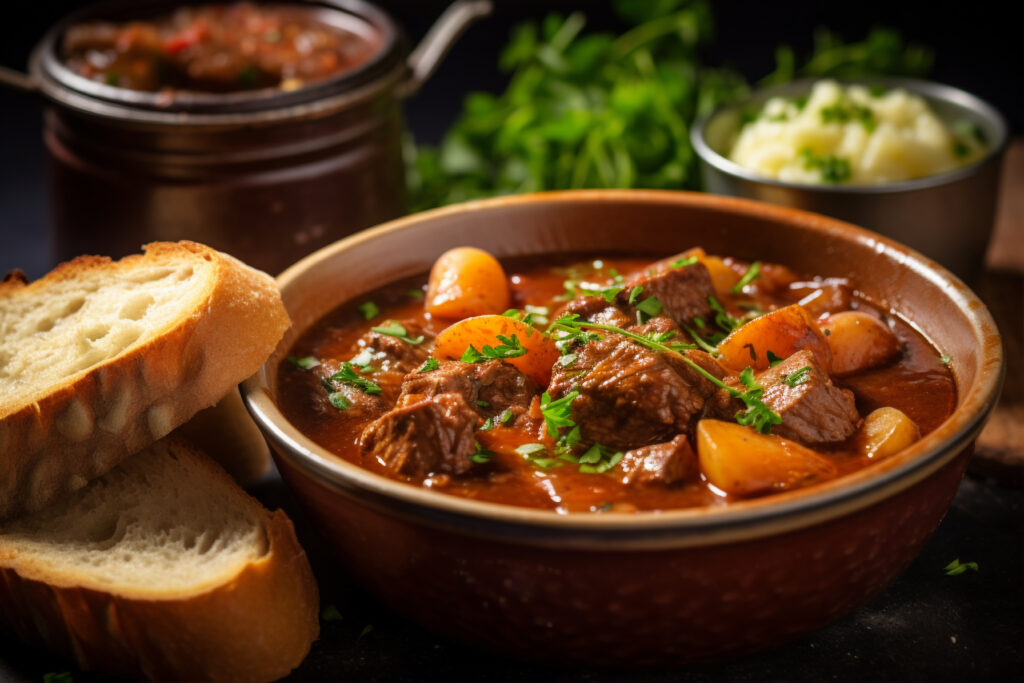

Instructions:
- In a large pot, cook the ground lamb over medium heat until browned.
- Drain off any excess grease.
- Add the cooked brown lentils, diced sweet potato, and chopped green beans to the pot.
- Pour in enough water to cover the ingredients by about an inch.
- Bring to a boil, then reduce heat and simmer for 20-25 minutes, or until the vegetables are tender and the lentils are cooked through.
- Remove the pot from heat and let it cool slightly.
- If using, stir in the chopped fresh mint.
- Serve to your dog once the mixture has cooled completely.
Tips for Success:
- Portion Control: Make sure to portion your dog’s homemade meals according to their size and activity level. Consult with your veterinarian for specific recommendations.
- Storage: Store leftover homemade dog food in an airtight container in the refrigerator for up to 3 days.
- Variety: While these recipes are packed with skin-soothing ingredients, feel free to experiment with other allergy-friendly options! Here are a few ideas:
- Protein Sources: Cooked turkey breast, duck, rabbit, or fish.
- Carbohydrates: Brown rice, quinoa, oatmeal (cooked).
- Vegetables: Green beans, carrots, peas, sweet potatoes, spinach.
- Healthy Fats: Coconut oil, olive oil, salmon oil (consult with your vet first).
Final Thoughts
It may take some time for your dog’s skin allergies to improve with a new diet. Be patient and consistent with homemade meals. If you notice any worsening of your dog’s symptoms, consult with your veterinarian right away. They can help you determine if there are other underlying issues or if adjustments need to be made to the recipe.
By providing your dog with delicious and nutritious homemade meals, you can help them feel their best and show their skin some love. Happy Cooking and Happy Itch-Free Pups!
FAQs: Homemade Dog Food Recipes for Skin Allergies
Considering switching to homemade meals to manage your dog’s skin allergies? Here are some answers to frequently asked questions to guide you through this journey:
Q.1. Can homemade food really help with my dog’s skin allergies?
Homemade food can be a great way to manage your dog’s skin allergies, especially if they have a sensitivity to a specific ingredient in commercially produced dog food. By controlling the ingredients in your dog’s meals, you can eliminate potential allergens and introduce healthier alternatives.
Q.2. What are some common food allergens for dogs?
The most common food allergens for dogs include:
- Beef
- Chicken
- Dairy
- Wheat
- Eggs
- Soy
- Corn
Q.3. What should I include in a homemade recipe for dogs with skin allergies?
Focus on easily digestible protein sources that your dog is unlikely to be allergic to. Here are some good options:
- Novel proteins: These are proteins your dog hasn’t had before, such as fish (salmon, cod), lamb, rabbit, or duck.
- Carbohydrates: Choose complex carbohydrates like sweet potatoes, brown rice, or oatmeal. These provide sustained energy and are easier for your dog to digest.
- Healthy fats: Healthy fats like salmon oil, olive oil, or coconut oil can help nourish your dog’s skin and coat.
- Fruits and vegetables: Fruits and vegetables provide essential vitamins, minerals, and antioxidants that can boost your dog’s overall health.
Q.4. Are there any ingredients I should avoid?
Yes, avoid ingredients that are common allergens or can irritate your dog’s skin. This includes:
- Grains: Some dogs are sensitive to grains like wheat, corn, and soy.
- Dairy: Dairy products can be difficult for some dogs to digest and can contribute to skin problems.
- Artificial ingredients: Avoid artificial colors, flavors, and preservatives as these can irritate your dog’s skin.
Q.5. Where can I find safe and healthy homemade dog food recipes?
There are many resources available online and in cookbooks that offer homemade dog food recipes for skin allergies. Look for recipes from reputable sources that use whole, fresh ingredients. Important Note: It’s always a good idea to consult with your veterinarian before making any major changes to your dog’s diet, especially if they have allergies.
Q.6. Do I need to add supplements to homemade dog food?
Commercially produced dog food is fortified with vitamins and minerals that are essential for your dog’s health. When making homemade dog food, it’s important to ensure your dog is getting all the nutrients they need. Consult your veterinarian about adding a dog-specific multivitamin to your dog’s homemade diet.
Q.7. How long will it take to see results from switching to homemade food?
It can take several weeks to see a noticeable improvement in your dog’s skin allergies after switching to homemade food. Be patient and consistent with the new diet.
Q.8. How do I store leftover homemade dog food?
Store leftover homemade dog food in airtight containers in the refrigerator for up to 3 days or freeze it in portions for longer storage.
Q.9. Can I feed my dog raw meat in their homemade food?
Feeding raw meat to your dog carries a risk of bacterial contamination. If you choose to include raw meat in your dog’s diet, ensure you source it from a reputable butcher and freeze it for at least 48 hours before feeding to kill any parasites. Warning: Raw meat diets are not recommended for all dogs, and there’s an increased risk of illness for puppies, pregnant dogs, and dogs with compromised immune systems. Always discuss a raw food diet with your veterinarian before starting your dog on one.
Q.10. What if my dog doesn’t seem to like their homemade food?
There can be an adjustment period when switching your dog to a new diet. Try mixing a small amount of the homemade food with their old food at first and gradually increase the amount of homemade food over time. If your dog still refuses to eat, you might need to adjust the recipe or consult with your veterinarian for further guidance.
